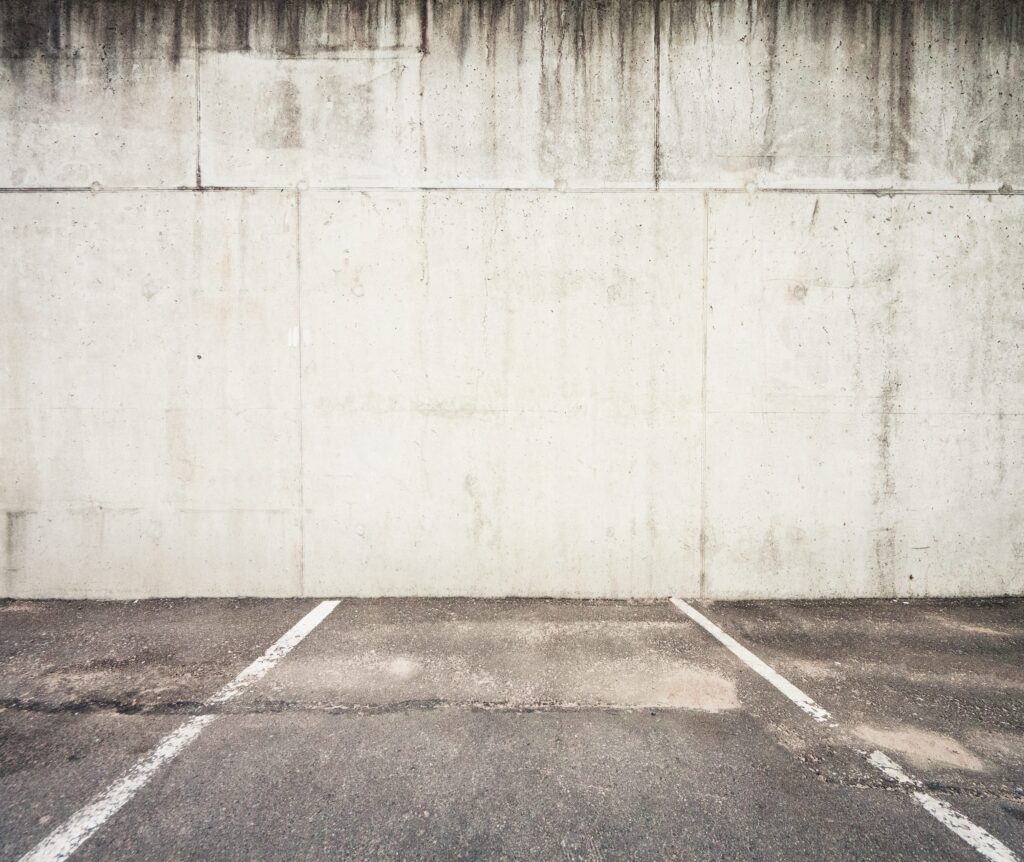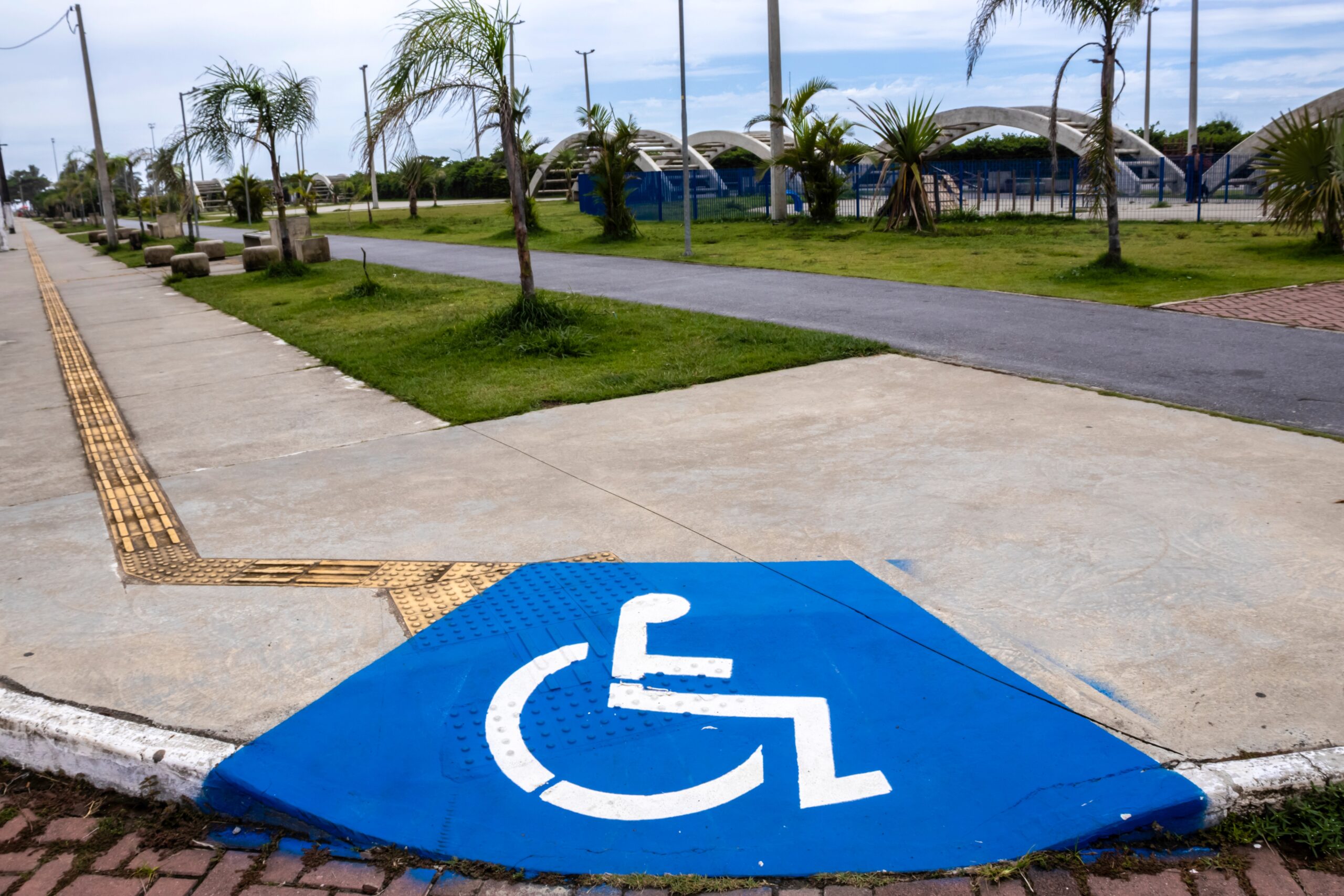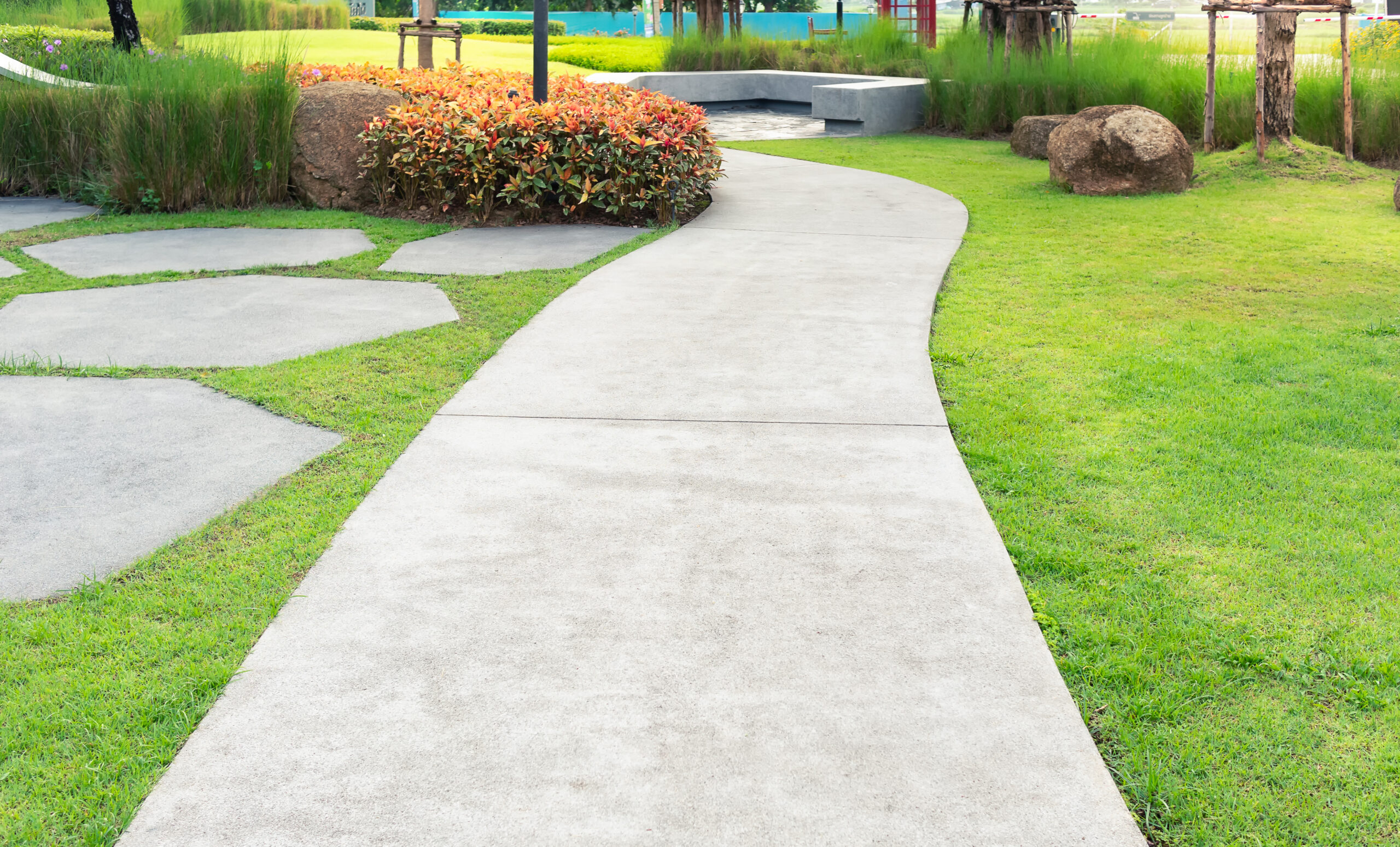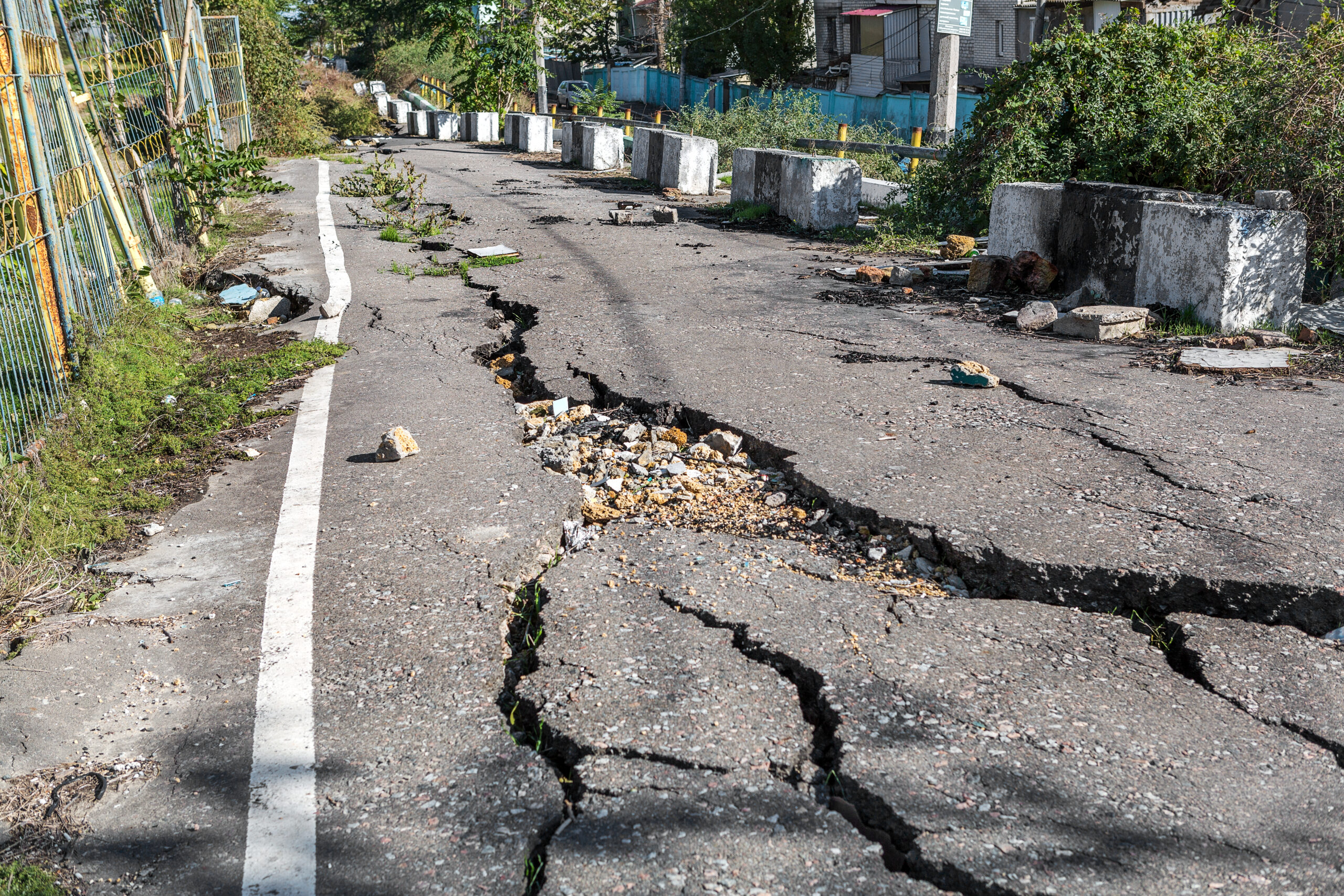
Picture this: you pull into your business’s parking lot, greeted by a faded, cracked surface that’s seen better days. In Colorado’s rugged climate, where Denver’s freeze-thaw cycles and blazing sun take their toll, your asphalt endures constant stress. Cracks snake across the pavement, hinting at deeper damage. Ignoring them could mean costly repairs or even a full replacement. But how do you know when crack sealing is the right fix?
This guide dives into the telltale signs your parking lot maintenance, offering practical insights to protect your investment and keep your property looking sharp. Let’s explore the clues your pavement is sending.
Why Crack Sealing Matters
Crack sealing is a proactive maintenance technique that prevents minor asphalt cracks from escalating into major problems. According to the Asphalt Institute, untreated cracks allow water, debris, and chemicals to penetrate the pavement, weakening its base and leading to potholes or structural failure. In Colorado, where winter freezes expand cracks and summer UV rays degrade asphalt binders, timely crack sealing can extend your parking lot’s life by 5–10 years.
Unlike surface-level sealcoating, crack sealing targets individual fissures, filling them with specialized materials to block moisture and restore flexibility. This targeted approach is cost-effective, saving property owners thousands compared to repaving. But recognizing when crack sealing is needed requires a keen eye for specific signs and an understanding of your pavement’s condition.
6 Signs Your Parking Lot Needs Crack Sealing
Your parking lot speaks volumes about its health, if you know what to look for. Here are six key indicators that crack sealing is overdue, each tied to Colorado’s unique environmental challenges.
1. Visible Cracks Wider Than a Quarter-Inch
Cracks are the first red flag. Hairline cracks (less than 1/4 inch) are normal in new asphalt, but when they widen beyond a quarter-inch, they’re a problem. In Denver, freeze-thaw cycles cause water to seep into cracks, freeze, and expand, prying the pavement apart. These cracks, often called “working cracks,” flex under traffic and weather stress. If you can slip a dime edgewise into a crack, it’s time to seal it before it grows.
- What to Check: Walk your lot and measure cracks with a coin or ruler. Look for linear or alligator-patterned cracks.
- Why It Matters: Wide cracks compromise the pavement’s structure, inviting water and debris that erode the base.
2. Alligator or Spiderweb Cracking Patterns
Named for their scaly, interconnected appearance, alligator cracks signal deeper issues, often from heavy traffic or a weak subbase. In commercial lots, like those for Denver retail centers, repeated truck traffic can stress asphalt beyond its capacity. Spiderweb cracks, a similar pattern, may appear in older lots exposed to years of UV damage.
- What to Check: Look for networked cracks forming small, irregular blocks. These are common in high-traffic zones.
- Why It Matters: Alligator cracks indicate structural fatigue. Sealing them early prevents further base deterioration.
3. Water Pooling or Poor Drainage
After a rain, does water linger in your parking lot? Pooling water points to surface irregularities, often caused by cracks or depressions. In Colorado, where spring snowmelt and summer storms are common, poor drainage accelerates pavement damage. Water seeps into cracks, softens the subbase, and creates a cycle of erosion and cracking.
- What to Check: After rain, note areas where water collects. Check if cracks radiate from these spots.
- Why It Matters: Standing water undermines pavement stability. Crack sealing paired with drainage fixes can halt the damage.
4. Fading or Brittle Surface
A gray, faded parking lot isn’t just an eyesore,it’s a sign of asphalt aging. UV rays in Colorado’s high-altitude sun break down the asphalt’s binder, making it brittle and prone to cracking. A rough, crumbly texture often accompanies fading, indicating the pavement is losing its flexibility.
- What to Check: Rub your hand across the surface. If it feels coarse or leaves residue, the asphalt is deteriorating.
- Why It Matters: Brittle asphalt cracks easily under traffic or temperature shifts. Sealing protects and restores resilience.
5. Vegetation Growing in Cracks
Ever noticed grass or weeds sprouting in your parking lot? Vegetation in cracks is a clear sign of neglect. Plant roots exploit fissures, widening them and destabilizing the pavement. In Colorado, where spring moisture encourages weed growth, this problem is common in unattended lots.
- What to Check: Inspect cracks for green sprouts or soil buildup. Even small plants can cause big damage.
- Why It Matters: Roots accelerate crack expansion. Sealing after cleaning prevents further biological intrusion.
6. Persistent Oil or Chemical Stains
Parking lots endure spills from vehicles, especially in busy commercial areas. Oil and gasoline degrade asphalt, softening it and causing cracks. If stains persist despite cleaning, the pavement’s protective layer is compromised, making it vulnerable to further damage.
- What to Check: Look for dark, sticky patches near parking spaces. Test if cracks form around stained areas.
- Why It Matters: Chemical damage weakens asphalt’s integrity. Sealing restores resistance to spills.
Understanding Crack Causes in Colorado
Recognizing when to act on crack sealing starts with understanding why cracks appear in the first place. Colorado’s unique climate and heavy usage patterns contribute significantly to pavement wear:
- Freeze-Thaw Cycles: Denver’s winter temperatures often hover around freezing. Water seeps into small cracks, freezes, expands, and causes the pavement to break apart.
- UV Exposure: At a mile above sea level, Colorado’s intense sunlight rapidly oxidizes asphalt, making it dry and brittle over time.
- Heavy Traffic Loads: Commercial parking lots endure daily pressure from delivery trucks, service vehicles, and constant customer traffic, especially in high-use areas like retail centers.
- Poor Installation Practices: Inadequate compaction of the subbase or improper paving techniques can lead to premature cracking.
- Aging Asphalt: Even with proper maintenance, most lots show signs of wear after 15–20 years. Cracks become inevitable without proactive intervention.
Addressing these causes early with professional crack sealing helps you avoid more serious structural issues and costly repairs.
When to Act: Timing and Ideal Conditions
Crack sealing is most effective when done at the right time. The Asphalt Institute recommends sealing when cracks are at least 1/4 inch wide, but before they expand or allow water infiltration.
In Colorado, the best times to seal cracks are spring and early fall, when temperatures are moderate and conditions are dry. Avoid sealing during rainy periods or freezing weather, as moisture and cold temperatures prevent proper sealant adhesion and curing.
Routine inspections are essential. Walk your lot at least twice a year, ideally in spring and fall. For commercial properties, inspect after snowplow activity or high-traffic periods to identify fresh damage. Acting quickly can save 50–75% in costs compared to full-depth asphalt replacement (Pavement Interactive).
Crack Sealing vs. Other Asphalt Repairs
Not every pavement issue calls for crack sealing. Here’s how it compares to other common repair methods:
- Crack Filling: Uses stiffer, less flexible materials,best for non-moving (static) cracks. It’s more affordable but doesn’t last as long as sealing.
- Sealcoating: Adds a protective coating over the entire surface. It complements crack sealing but doesn’t replace it.
- Patching: Targets isolated areas with potholes or base failure. Used when cracks have already caused deeper structural problems.
- Repaving: Full removal and replacement of the asphalt layer. This is the most intensive (and expensive) option for severely damaged lots.
Crack sealing is ideal for active, working cracks in otherwise stable pavement. If you see widespread alligator cracking or recurring potholes, consult a pavement professional to determine if a mix of sealing, patching, or repaving is needed.
Prevention Tips to Minimize Future Cracks
Crack sealing is a powerful solution, but prevention helps maximize your pavement’s lifespan. Implement these proactive strategies:
- Sealcoat Every 2–3 Years: Regular sealcoating protects against UV rays, water, and chemical spills.
- Clean Up Spills Promptly: Oil, fuel, and other fluids can soften and break down asphalt; address them immediately.
- Improve Drainage: Standing water accelerates deterioration. Make sure your lot slopes correctly and consider adding French drains where needed.
- Limit Heavy Loads: Restrict large trucks or reinforce pavement in high-load areas to avoid stress cracking.
- Annual Walkthroughs: A yearly visual inspection helps catch early signs of wear before they spread.
With consistent care and timely sealing, your parking lot will look better, perform longer, and save you money over time.
Frequently Asked Questions
How long does crack sealing typically last?
When applied correctly, crack sealants generally last between 3 to 5 years. Their durability depends on factors such as traffic volume, climate, and surface condition. Routine sealcoating can help extend the effectiveness of the sealant.
Is it possible to perform crack sealing as a DIY project?
While homeowners can seal minor cracks using over-the-counter products, professional application is recommended for commercial properties. Professionals use industrial-grade equipment to ensure thorough surface preparation and longer-lasting results.
What is the typical cost of crack sealing?
Pricing depends on the extent of cracking and the size of the area. On average, costs range from $0.50 to $2.00 per linear foot. For the most accurate estimate, it’s best to request a site-specific quote.
Will crack sealing improve the visual appearance of my lot?
Crack sealing enhances the appearance by eliminating visible cracks, but it does not fully restore the pavement’s color or uniformity. For a more polished and refreshed look, consider combining crack sealing with a sealcoat application.
How soon can the pavement be used after crack sealing?
Most sealants require 24 to 48 hours to cure, depending on weather conditions. During this time, the area should remain free of heavy traffic to allow proper bonding and to ensure long-term performance.
What are the risks of leaving cracks untreated?
Ignoring cracks allows moisture, dirt, and debris to infiltrate the pavement structure. Over time, this leads to base erosion, potholes, and more extensive damage, which often requires costly repairs or complete resurfacing.
Preserve Your Pavement with Timely Action
Your parking lot is more than just a surface, it’s an essential part of your property’s value and curb appeal. In Colorado’s challenging environment, cracks are a natural result of weather and wear, but early intervention makes a significant difference. By identifying issues like widening cracks, surface fatigue, or drainage problems, you can take proactive steps to avoid major repairs. Crack sealing is an efficient, cost-effective way to protect your investment and maintain a safe, professional appearance.
Don’t wait for minor cracks to become major liabilities.
Visit asphaltcoatingscompany.com to schedule your inspection and keep your pavement performing at its best.



